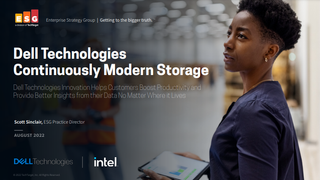Smartphones at risk of data hack via USB charging port
Kaspersky revealed devices could be attacked when charging them at public facilities at airports, cafes and on public transport

Kaspersky has revealed smartphones and devices can be hacked when they're charged at public charging points such as airports, cafes and shopping centres and other places.
The company tested devices running different versions of iOS and Android to see what data is transferred while connected to a Mac or PC for charging.
Kaspersky researchers discovered that a large amount of data is sent to the computer when it's first plugged in, including the device name, device manufacturer, device type, serial number, firmware information, operating system information, file system/file list and electronic chip ID.
Although the extent of the data that moves to the computer during this 'handshake' varies according to manufacturer and version of the operating system in use, it still transferred the device name, manufacturer and serial number in all cases.
Kaspersky discovered that although this isn't a direct security risk if only a few of the details were syphoned off by hackers, the fact the version of firmware in use and unique device identifier could mean hackers are able to target the device with a specific exploit.
This proof of concept was first uncovered in 2014 when researchers were able to infect devices with malware using AT commands via fake charging stations in public places, but it would seem the method would still work.
"It is strange to see that nearly two years after the publication of a proof-of-concept demonstrating how a smartphone can be infected through the USB, the concept still works," Alexey Komarov, researcher at Kaspersky Lab said.
Get the ITPro. daily newsletter
Receive our latest news, industry updates, featured resources and more. Sign up today to receive our FREE report on AI cyber crime & security - newly updated for 2024.
"The security risks here are obvious: if you're a regular user you can be tracked through your device IDs; your phone could be silently packed with anything from adware to ransomware; and, if you're a decision-maker in a big company, you could easily become the target of professional hackers."

Clare is the founder of Blue Cactus Digital, a digital marketing company that helps ethical and sustainability-focused businesses grow their customer base.
Prior to becoming a marketer, Clare was a journalist, working at a range of mobile device-focused outlets including Know Your Mobile before moving into freelance life.
As a freelance writer, she drew on her expertise in mobility to write features and guides for ITPro, as well as regularly writing news stories on a wide range of topics.




